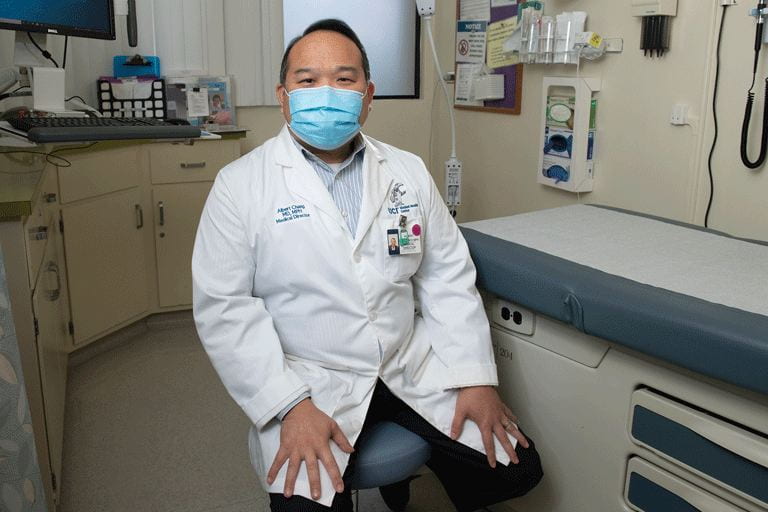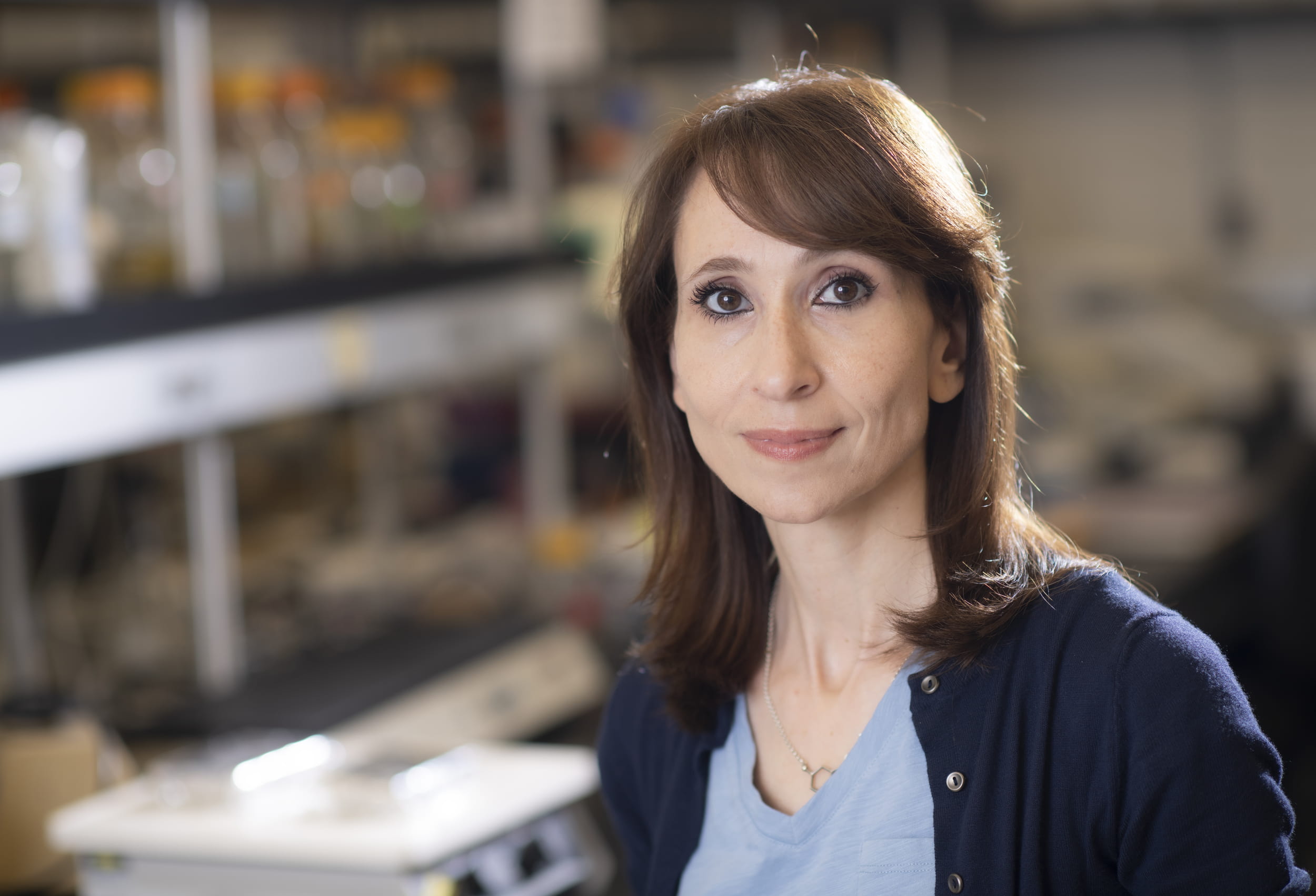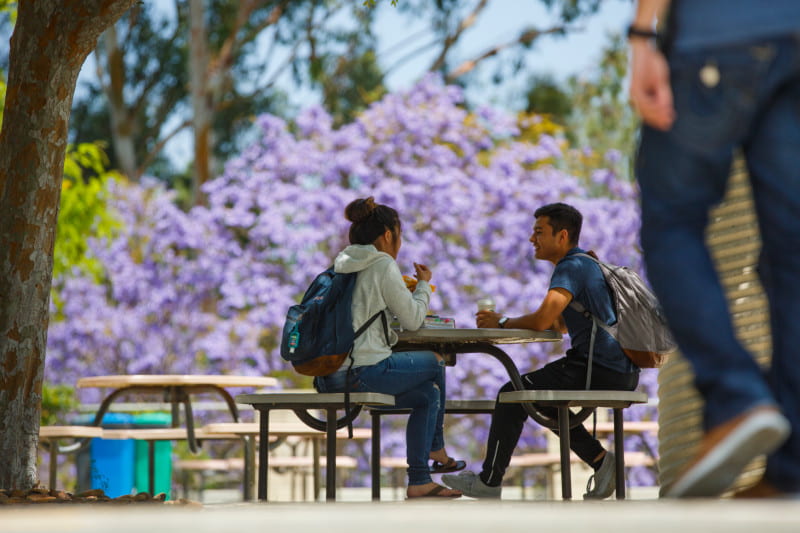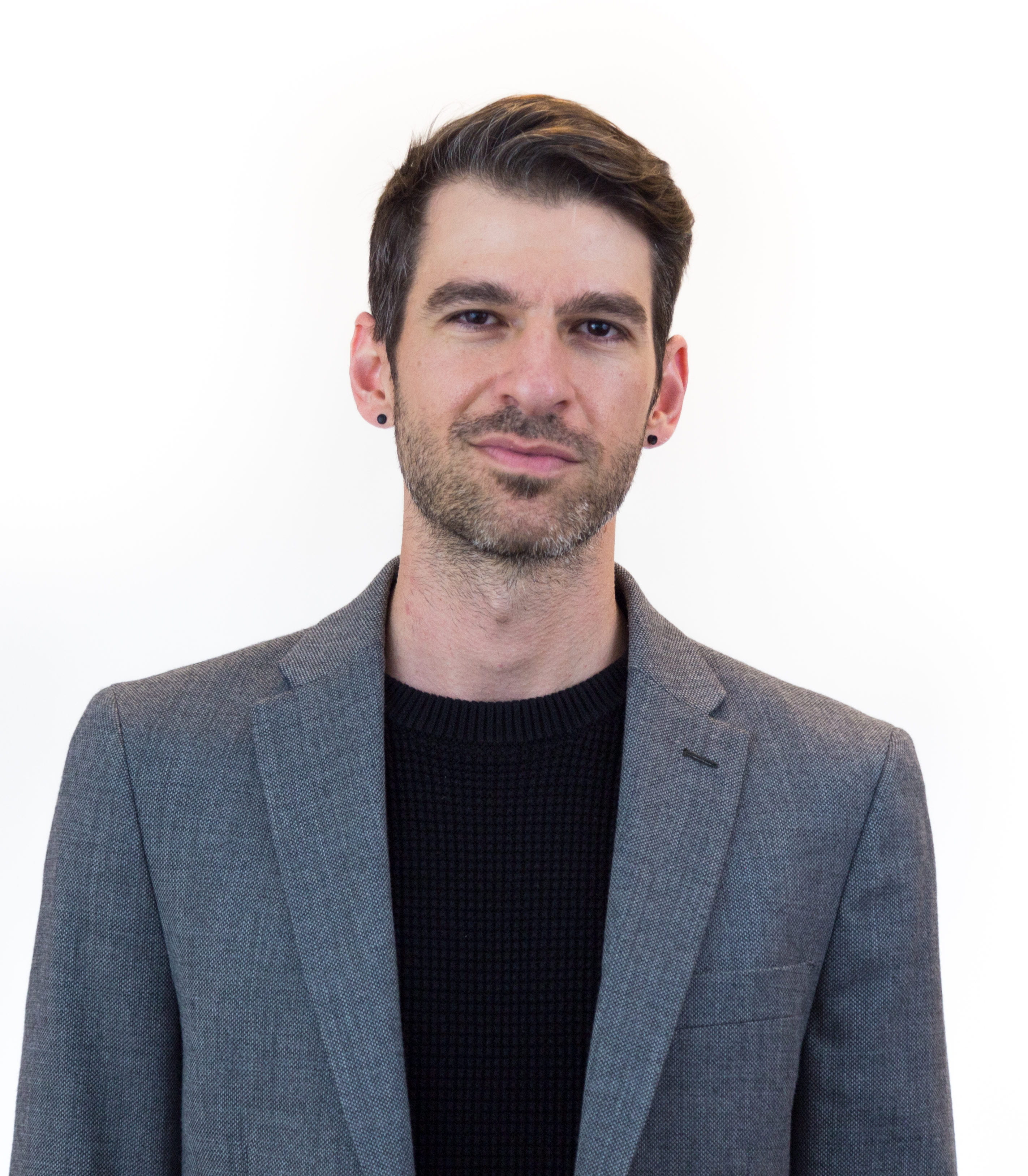UCI Student Health: There for Both Mind and Body
Dr. Albert Chang, medical director of the UCI Student Health Center, discusses the center’s role in maintaining students’ mental and physical well-being through these troubled years
In 2017, Dr. Albert Chang became medical director of the UCI Student Health Center, which addresses students’ physical and mental health needs. The “fully functional medical center,” as he describes it, employs some 120 people and encompasses primary care doctors, specialists (including psychiatrists), nurses, a laboratory, a radiology department, a pharmacy and other services.
Overseeing an enterprise of that scope would be challenging in the best of times, and these past two years have been anything but that. “My normal, day-to-day job was to be the overall manager of our Student Health people, dealing with hiring, planning, staffing and putting out the large fires while our great team of managers put out the smaller ones,” Chang says. But since COVID-19 hit in early 2020, the effort has become one of “everyone doing everything, all the time.”
As much as anyone can be prepared for the worst pandemic in a century, he was well equipped.
Simultaneous to getting his M.D. at Boston University’s School of Medicine, Chang earned a master’s in public health. After completing his resident training in pediatrics at CHOC Children’s Hospital, he did a preventive health residency at UCLA. For the eight years prior to his arrival at UCI, he was medical director of a chain of seven primary care clinics aiding Orange County’s underserved populations.
Chang talked recently with UCI Magazine contributor Jim Washburn about the Student Health Center’s role in maintaining students’ mental and physical well-being through these troubled years.
How has UCI fared during the pandemic, as compared to the general population?
UCI is definitely an at-risk population because so many people congregate here. But we also have great advantages, such as our public health specialists and nationally recognized virologists and infectious disease experts we can confer with.
UCI’s early move to remote learning also helped. Another great asset: the students themselves. I’m very proud that their vaccination rate is about 98 percent. You don’t get those compliance rates almost anywhere else. It helped that students already understood why the University of California has long mandated several vaccinations for everyone on campus. There’s also a culture at UCI of being smart and being safe, so COVID-19 was approached with science and reason.
Thanks to that, we’re at a safer place now, but we’re keeping every one of our fingers crossed because of the mutations this virus is still making.
What’s the range of mental health issues that Student Health deals with?
There really is not a disorder that we don’t see in some form, led by depression and anxiety. These may be long-term conditions students already had or short-term ones that might be considered adjustment disorders. I’m so proud of all of our students at UCI because I recognize how challenging college can be. That’s especially so among UCI’s huge first-generation and international student populations. They’re often teenage individuals from very different cultures, with few resources, dropped into a new academic and social environment – and now with a pandemic. The adjustments expected of them are incredible, so sometimes it’s not true long-term depression or anxiety; they just need some support for getting back on track. We see a number of obsessive-compulsive, bipolar and eating disorders, which can be among the most challenging and complex conditions for our students.
We always evaluate the whole student comprehensively. There are mental health screens and guidelines that we follow even if a student comes in with a twisted ankle or a cold. Our routine might include asking: “Regardless of what you’re here for today, how do you feel? What’s affecting your life right now? How are your classes going?” The idea of these screenings is to catch potential mental health issues early on, rather than waiting for symptoms to appear – much like how you might catch a precancerous condition by doing a blood screening or a colonoscopy.
We also have to make sure we’re taking care of ourselves so we can be of help to others. Provider burnout and compassion fatigue are very real things. Some of us are dealing with upheaval and lost loved ones of our own, and it can be heartbreaking if there’s a patient you’re unable to help.
“We always evaluate the whole student comprehensively. There are mental health screens and guidelines that we follow even if a student comes in with a twisted ankle or a cold.”
What are some of the mental wellness resources available to students?
If they’re having issues, we make sure they know there are paths open to them, including referrals to our own mental health department, where we have psychiatrists and social workers available to support them.
Other resources include the Center for Student Wellness & Health Promotion, which offers consultations with health educators, and the Counseling Center, which has been doing a phenomenal job to support a huge volume of our students, offering information, counseling and referrals.
How did you start on the path that led you here?
I was born and raised in Orange County, in Seal Beach. My parents were immigrants from Taiwan. When I was looking toward college in the ’80s, my father – being an electrical engineer – suggested, “Why don’t you do computer science? There’s probably a future in that.”At UC Santa Cruz, I quickly learned that I didn’t have any great love for programming. Biology had fascinated me since I was a kid, so I changed majors. My parents were not happy when I told them I might aim to become a doctor. No one in our family had gone into medicine, and they worried I’d be swamped in that intense field. But once I set myself to it, they were very supportive. I never imagined then that I would ever be dealing with the things my team and I have been these past years, but I’m glad that we’re here to help.



